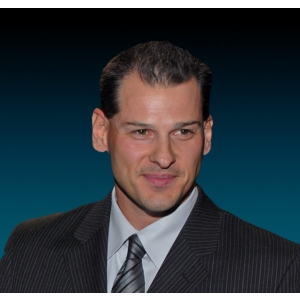Often this question boils down to “what type of cardio is better?” The short answer is that the best type of cardio, whether low or high intensity, is the one you will do consistently over time.
Now, with that being said, if we were to compare only intensity, the optimal goal is to start at lower intensity if you are new to cardio and slowly work your way to higher intensities as your endurance and cardio respiratory work capacity improve. This is because you will just flat-out burn more calories during the workout at higher intensity. And remember losing fat is about burning more calories than we consume over time. The other advantage to higher intensity cardio is that the “after-burn”, or the calories we expend afterwards to adjust to the workout, is actually higher. So not only are you burning more calories during, but after the cardio as well. Both of which will contribute to hitting your weight loss goals faster. Remember to progress slowly with baby steps though. Doing too much too soon can lead to injury or burn out, which can take you out of the game.
Technically, the charts you see at the gym and on exercise machines are right: With a low heart rate, your body likes to fuel activity by using fat. When you work harder and your heart rate climbs, your body prefers the quicker energy hit of any sugar lying around in your system.
But that doesn't mean that keeping your heart rate low for 30 minutes will make you slimmer than if you had pumped things up for 30. Quite the opposite! You incinerate more calories per minute -- that's what melts pounds -- when your heart rate is high.A lower intensity cardio will but 50 percent of the calories from fat, while at higher intensities it may only burn 35 percent. But at higher intensities you burn way more total calories and more fat calories overall than you do at lower intensities.
Continue Learning about Exercise For Weight Loss
Important: This content reflects information from various individuals and organizations and may offer alternative or opposing points of view. It should not be used for medical advice, diagnosis or treatment. As always, you should consult with your healthcare provider about your specific health needs.




